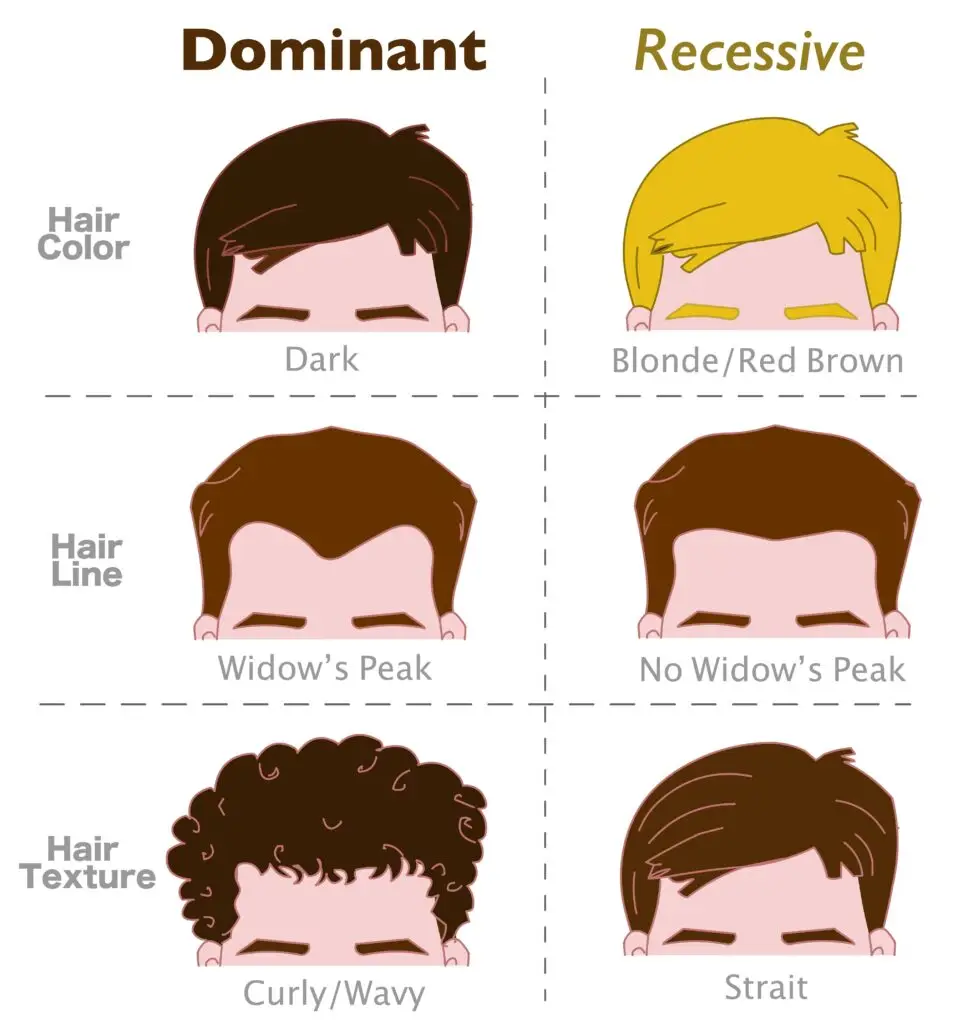Allele
What Is an Allele?
An allele is a version of a gene that determines specific traits. For example, the gene for eye color has alleles that can cause blue, brown, or green eyes. Each person gets two alleles for each gene—one from their mother and one from their father. These alleles can be the same or different, which influences traits. Understanding alleles helps explain why siblings can look similar but not identical.
Dominant and Recessive Alleles
Alleles can be dominant or recessive. A dominant allele will show its trait even if paired with a recessive one. For example, the allele for brown eyes is dominant, so it only takes one brown-eye allele to have brown eyes. Recessive alleles, like blue eyes, only show if both alleles are recessive. This is why some traits skip generations—they’re hiding in the recessive alleles.
How Alleles Affect Traits
Alleles control how traits appear by carrying instructions for specific features. For instance, alleles in a flower’s DNA determine petal color. If a flower inherits a red allele and a white allele, the dominant one decides the color. Sometimes, both alleles blend, creating traits like pink petals. These variations show how alleles shape diversity in living things.
Alleles and Genetic Disorders
Some genetic disorders are caused by specific alleles. For example, cystic fibrosis occurs when a person inherits two recessive alleles for a faulty gene. These alleles affect how the body functions, often leading to health problems. Scientists study these alleles to develop treatments and help families understand their genetics.
How Alleles Work in Inheritance
During reproduction, alleles are passed from parents to offspring. This transfer explains why children inherit traits like height or hair color. For example, if both parents have dominant alleles for dark hair, their child is likely to have dark hair too. Understanding inheritance patterns helps scientists predict how traits are passed on.
Genes and Variations
Genes carry the instructions for making proteins, and alleles create variations in those instructions. These variations result in unique traits, like freckles or dimples. Without alleles, everyone would look the same. The diversity we see in people, plants, and animals is largely thanks to these small genetic differences.
The Role of Punnett Squares
Punnett squares are tools used to predict how traits will appear in offspring. By mapping parent alleles, scientists can see the chances of dominant or recessive traits showing up. For example, a Punnett square might show a 25% chance of a child having blue eyes if one parent carries a recessive allele. These diagrams make genetics easier to understand.
Mutations and New Alleles
Sometimes, mutations occur in genes, creating new alleles. These changes can introduce unique traits or adaptations. For instance, a mutation might lead to a different coat color in animals, which could help them camouflage better. Mutations are one way evolution creates diversity over time.
How Alleles Interact with the Environment
Traits influenced by alleles can also be shaped by the environment. For example, a person might inherit alleles for tall height but won’t grow tall without proper nutrition. Similarly, alleles for dark skin provide more protection in sunny environments. This interaction shows how genes and the environment work together to shape living organisms.
Why Alleles Are Important in Evolution
Alleles drive evolution by creating variation within a species. For example, in a population of beetles, some alleles may give darker shells, helping them hide better from predators. Over time, these beetles are more likely to survive and pass on their alleles. This process, called natural selection, relies on the diversity that alleles provide.
